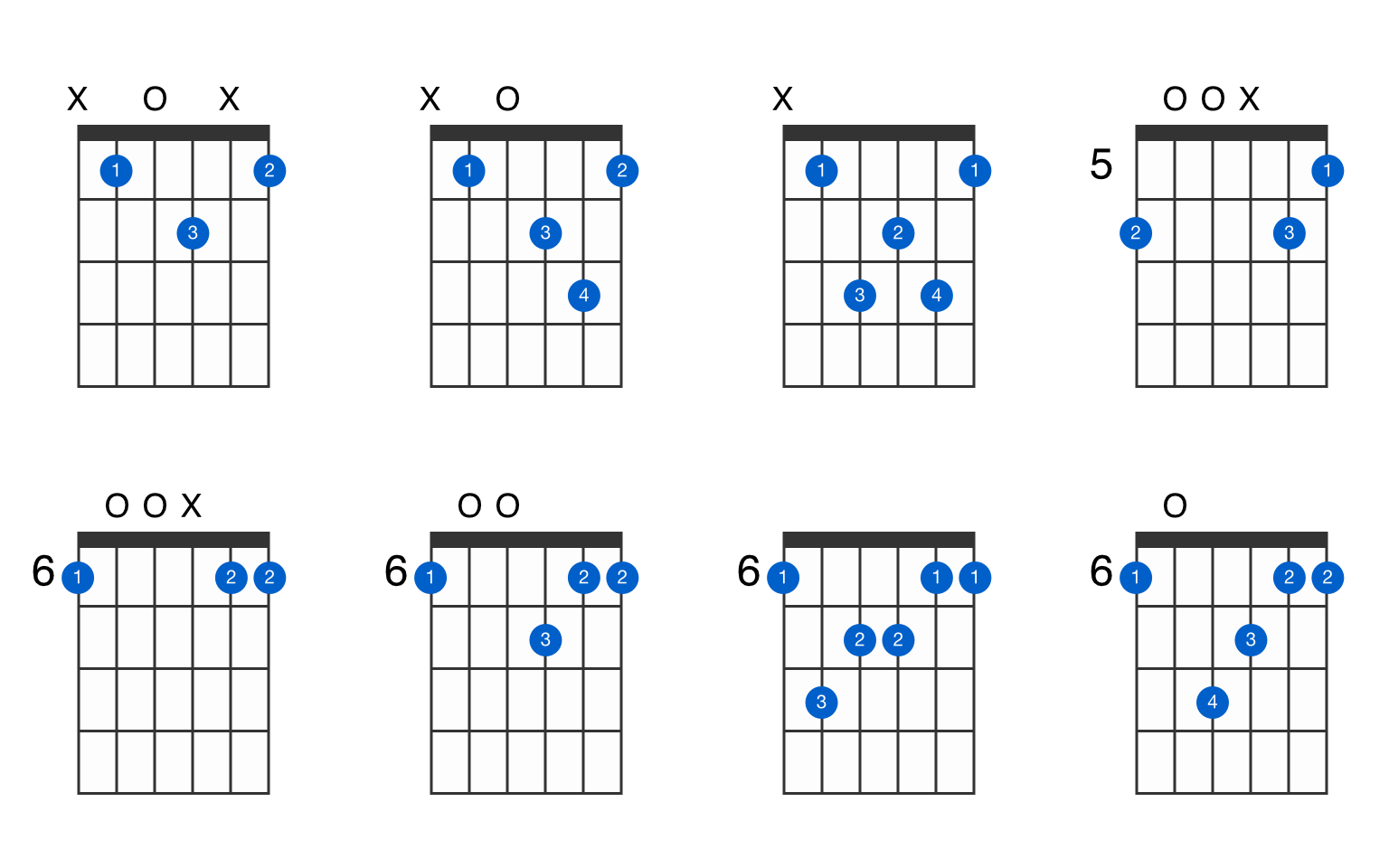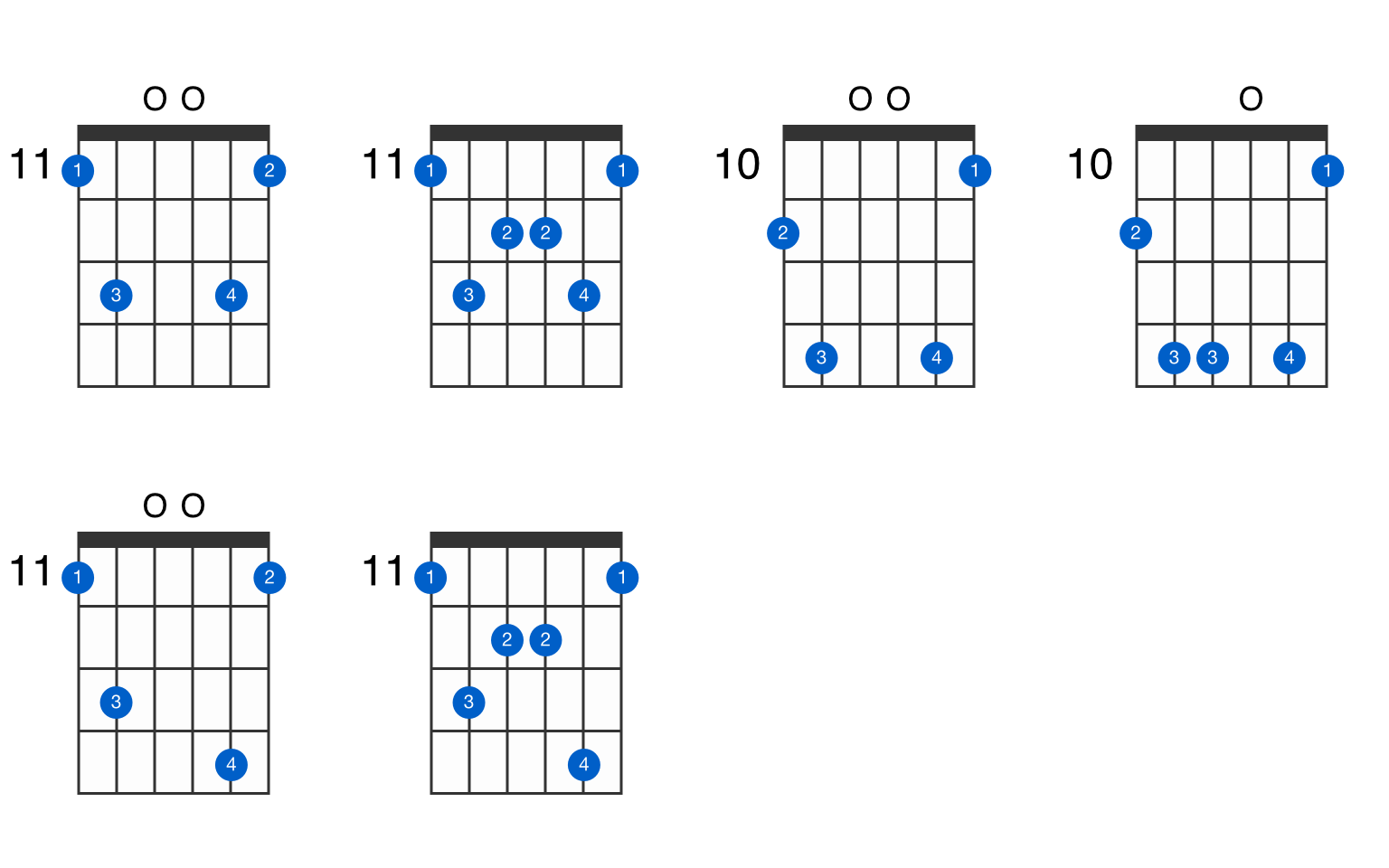
These 3-note voicings have only the root, the 3rd and the 7th, with the 5th removed. While this concept applies to major and minor chords as well, it's especially important in dominant chords so we don't run out of fingers when we start adding more notes. 3-note voicings are a way of playing dominant chords more simply. Secondarily, dominant chords can be used to take you out of the key, resolving you temporarily, or even permanently, in a new home.ĭominant chords are decorated full of color tones, and in order to make space for those extra notes, we need to first reduce these to a simpler set of basic chords to work from. There's only one dominant chord in the key, and it's primary function is to resolve you back to the I chord, as if it is taking you back home. You can also think of this as taking the 1, 3, 5 and flat-7 from the Mixolydian mode. The dominant chord has a key function in jazz, to resolve down a fifth. You can build the chord upwards from its root by stacking major-3rd, minor-3rd and minor-3rd intervals. What is a dominant 7th chord? A Dominant 7th chord is a 4-note chord consisting of the root, 3rd, fifth and flat-7th.

Make sure to check out the other relevant parts of this series on major chord voicings, and minor chord voicings. This article is part of my series on Foundational Chord Voicings. One common way to voice that would be with the root and flat-7 in the left hand, the 3rd, an extension and the melody note in the right. So, how do we voice dominant 7th chords? A dominant 7th chord has the root, 3rd, 5th and flat-7th of the scale. It's important that we know how to form these dominant chords, as well as how to voice them in our hands so they sound musical.

We use dominant 7th chords in every jazz standard we play.


 0 kommentar(er)
0 kommentar(er)
